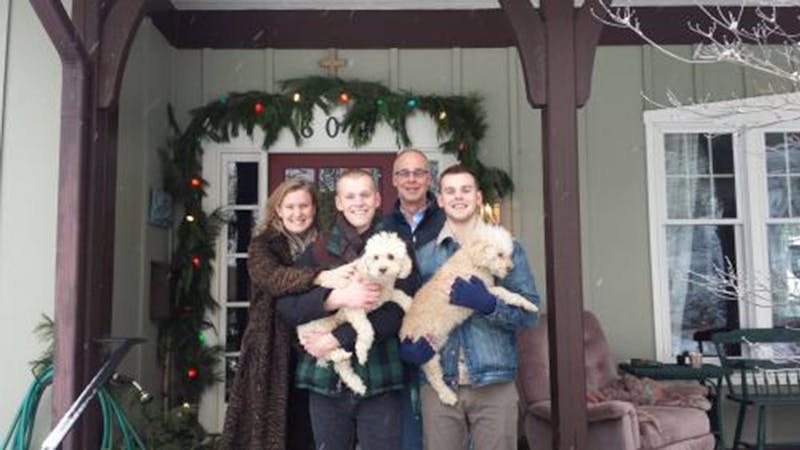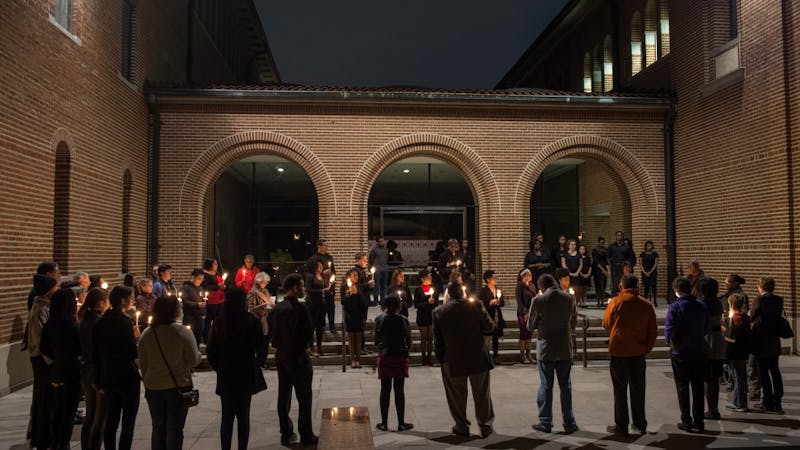Students launch boba business
Bubble tea, or “boba,” a sweet tea-based drink with tapioca pearls, is coming to campus. This past Saturday, the on-campus boba business East-West Tea launched its first promotion in Seibel Servery by handing out 200 free samples in under 40 minutes. The founders claim that East-West Tea is better than Kung Fu Tea, and in the coming weeks, students can find out for themselves. On Feb.






